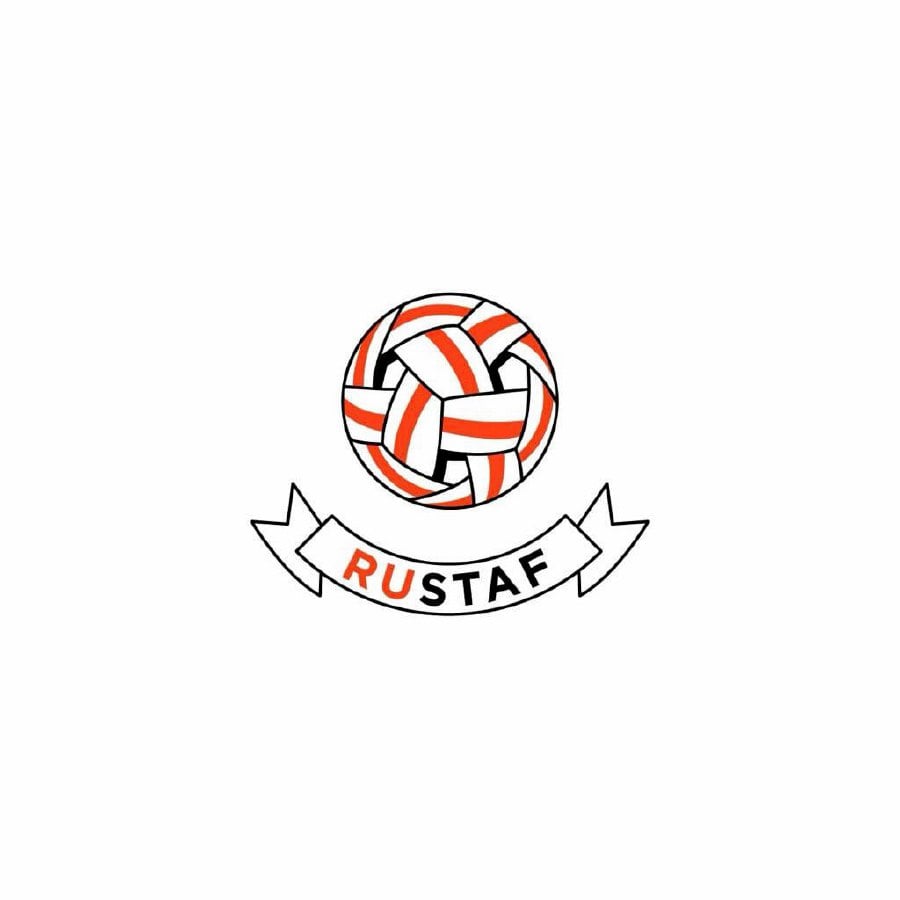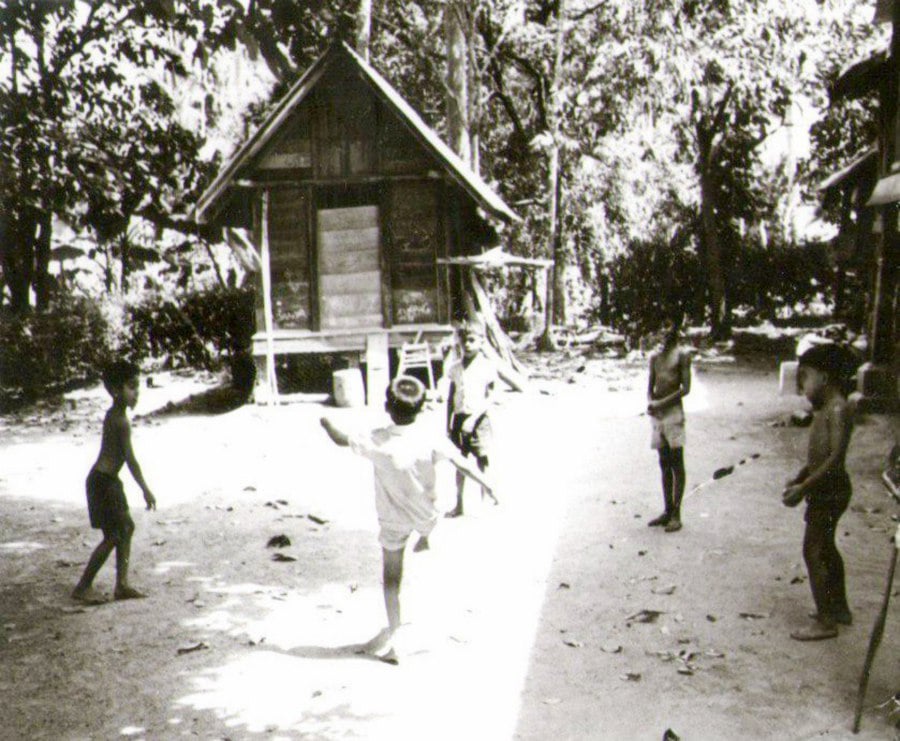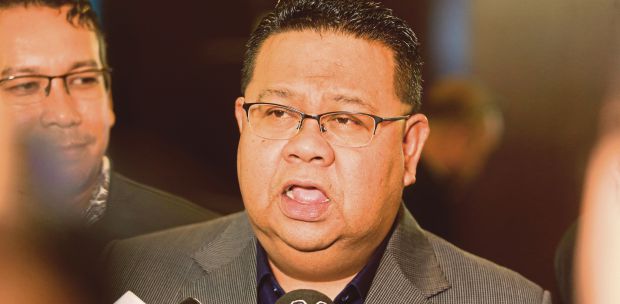MY friends and I were travelling around Peninsular Malaysia by car in the late 1990s. At one point, we got lost and wandered for a long time along narrow and winding roads near rice fields and oil palm plantations.
After some time, a village appeared ahead. We breathed a sigh of relief, anticipating the end of our ordeal.
The village was full of coconut trees and bamboo. There were no people visible, the evening silence was broken only by the singing of birds and a strange crackling sound, reminiscent of blows to an empty basket.
Another turn in the road, and we saw a group of barefoot boys in a clearing. Gathered in a circle, they played with a ball, hitting it and producing the crackling sound.
The boys passed the ball to each other just like in volleyball, only they used their legs and heads rather than their hands, demonstrating a refined technique that no gymnast would have been able to equal.
As it turned out, the ball was made from a dry vine-like rattan palm, which, by the way, is the longest plant in the world.
The boys willingly showed us the way to our destination and at the same time told us the name of their amazing game — sepak raga.
I saw this game at the Southeast Asian Games in Kuala Lumpur in 2001. The game is called sepak takraw there (a combination of the Malay word 'sepak' and Thai 'takraw', which has the same meaning as 'raga' in Malay).

Sepak raga or sepak takraw is popular in the region. Athletes from Indonesia, Malaysia, Brunei, Singapore, Thailand and the Philippines regularly take part in sepak takraw competitions.
Sepak takraw is an extremely spirited, exciting game so it is not surprising that it has gained wider recognition. Since 1965, the sport has been included in the Southeast Asian Games, and since 1990, the Asian Games.
In 1988, the World Sepaktakraw Championship was held for the first time in Kuala Lumpur. Four years later, the International Sepaktakraw Federation was established.
And now, Europe and America are becoming accustomed to the game. National sepak takraw associations have been created in the United States, Canada, Switzerland, Germany, Denmark, Italy, Austria, Hungary, Finland, England, Australia and France.
This game is played in more than 50 countries. I believe there are many heroes in the sepak takraw community in each country.
Malaysia has produced a galaxy of top-class players, including Adnan Saidin, Rehan Mat Din, Norani Adnan, Ku Halim Ku Musa, Raziman Hassan, Iskandar Arshad and Zabidi Shariff.
In Moscow, the game is no stranger to Grigory Pogadaev, the physical education teacher at school No. 5 in Odintsovo, near Russia's capital, and his students.
He got acquainted with the rules of the game at the Library of Foreign Literature in 1998, and decided to offer it to his students. It turned out they liked the game.
But when representatives of the Malaysian embassy in Moscow found out that the players were using a volleyball net and ball, they immediately ordered a real net and several rattan balls from Malaysia for them.
This school was a pioneer in popularising the game in Russia. For five years now there has been a Sepaktakraw Federation in Russia, which annually organises competitions for schools in Moscow.
And, the 'Moskovsky Komsomolets' newspaper considers sepak takraw one of the six sports of the future.
A recent article states: "Just because some sports are not yet well known does not mean that they are boring and unpromising. Perhaps, if you send a child to the sepak takraw section today, in 10 years he will be the idol of millions."
I hope Russia will produce a sepak takraw sensation. Hopefully, we don't have to wait 10 years for that to happen.
Pogadaev, writing from Moscow, is a former lecturer at the University of Malaya
The views expressed in this article are the author's own and do not necessarily reflect those of the New Straits Times





